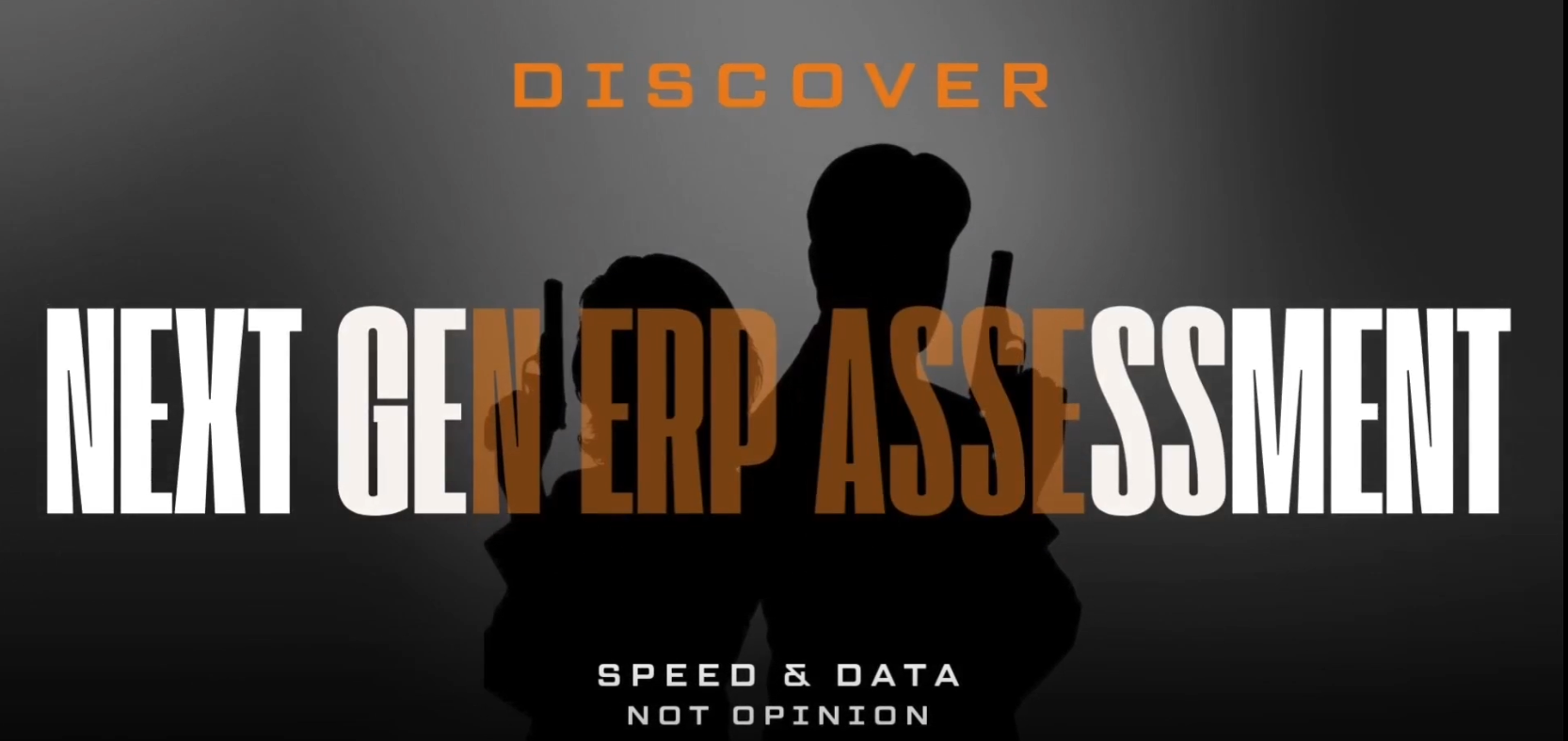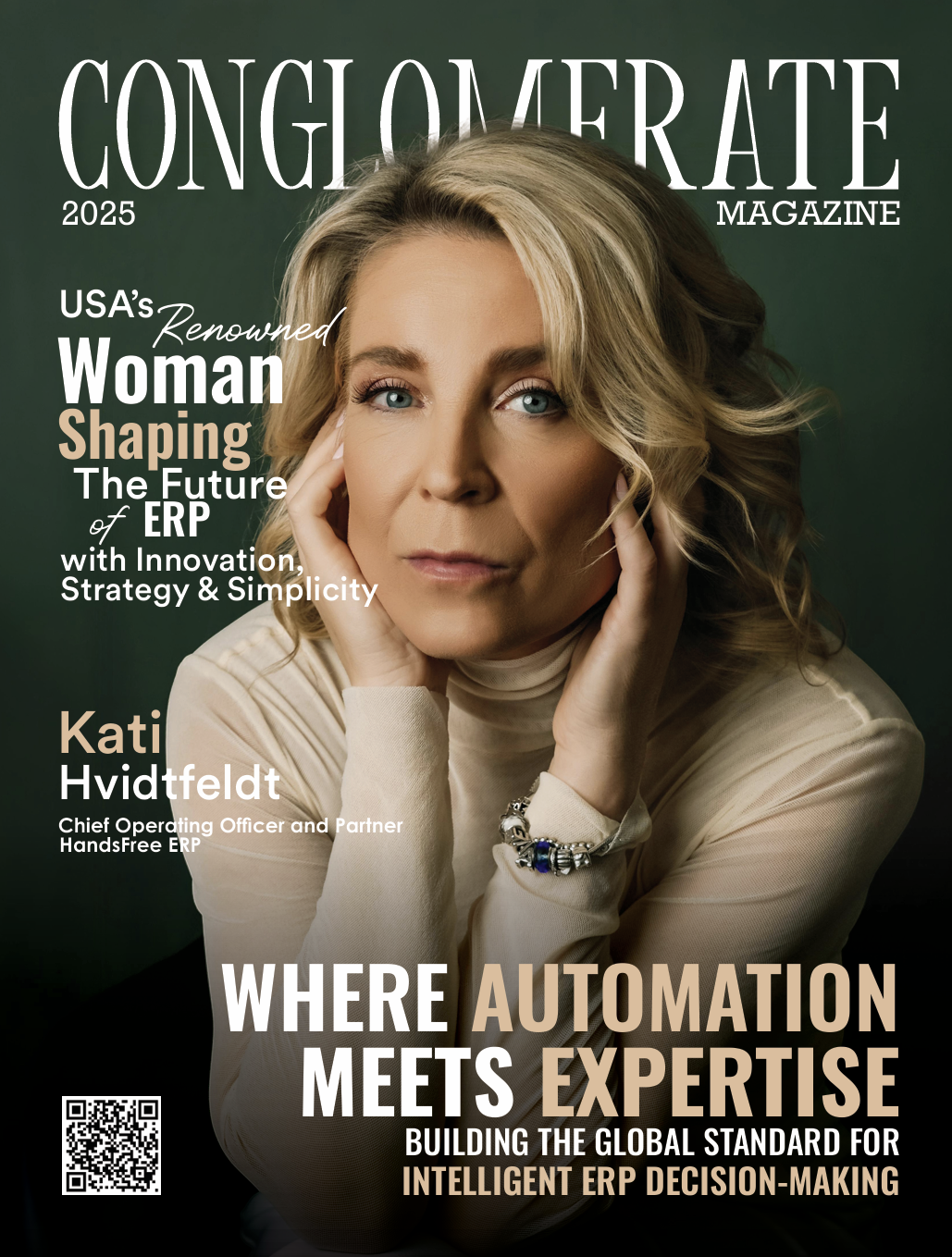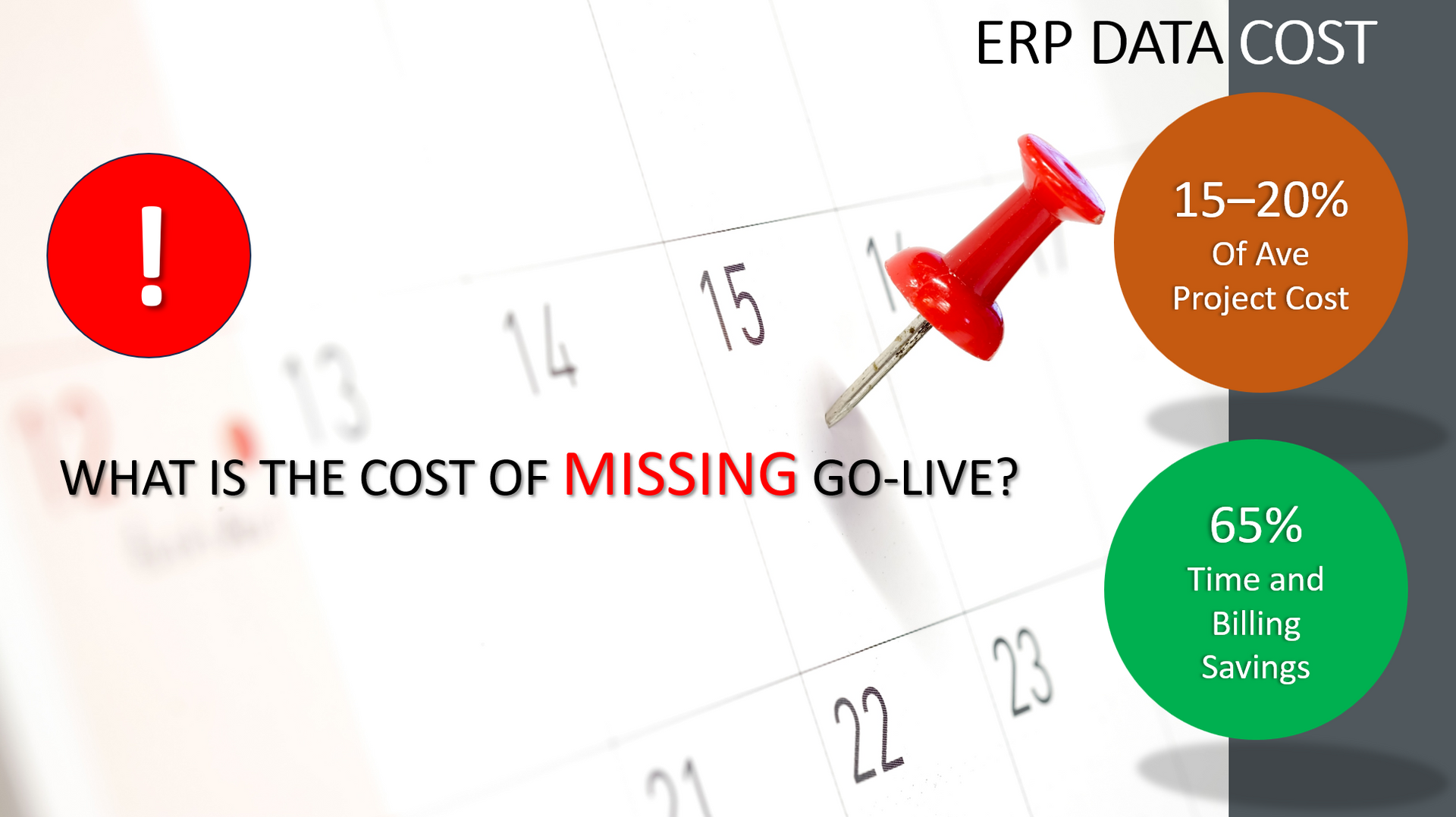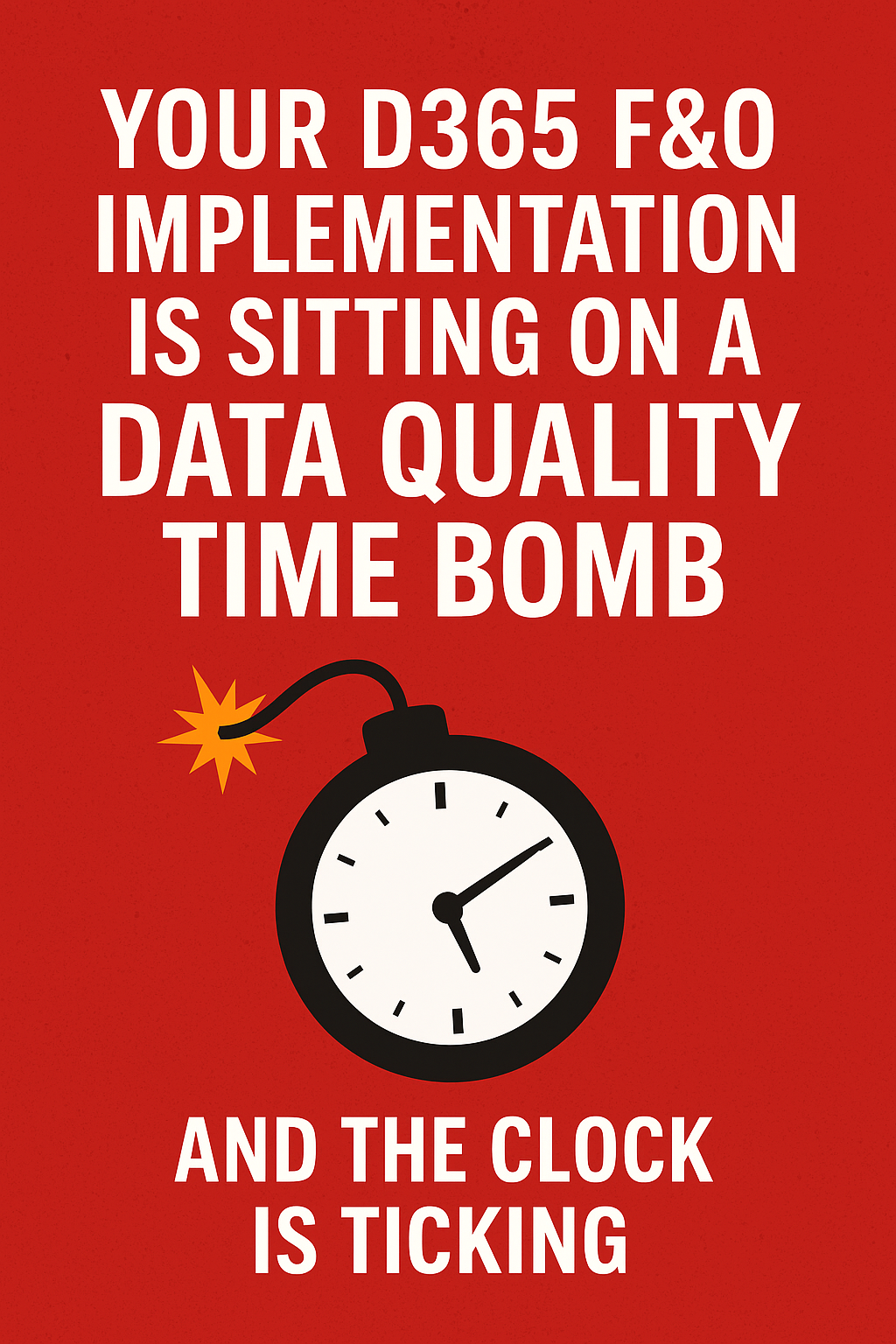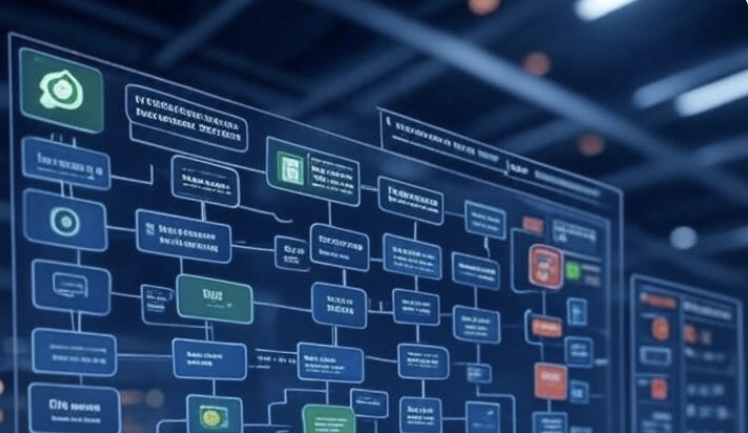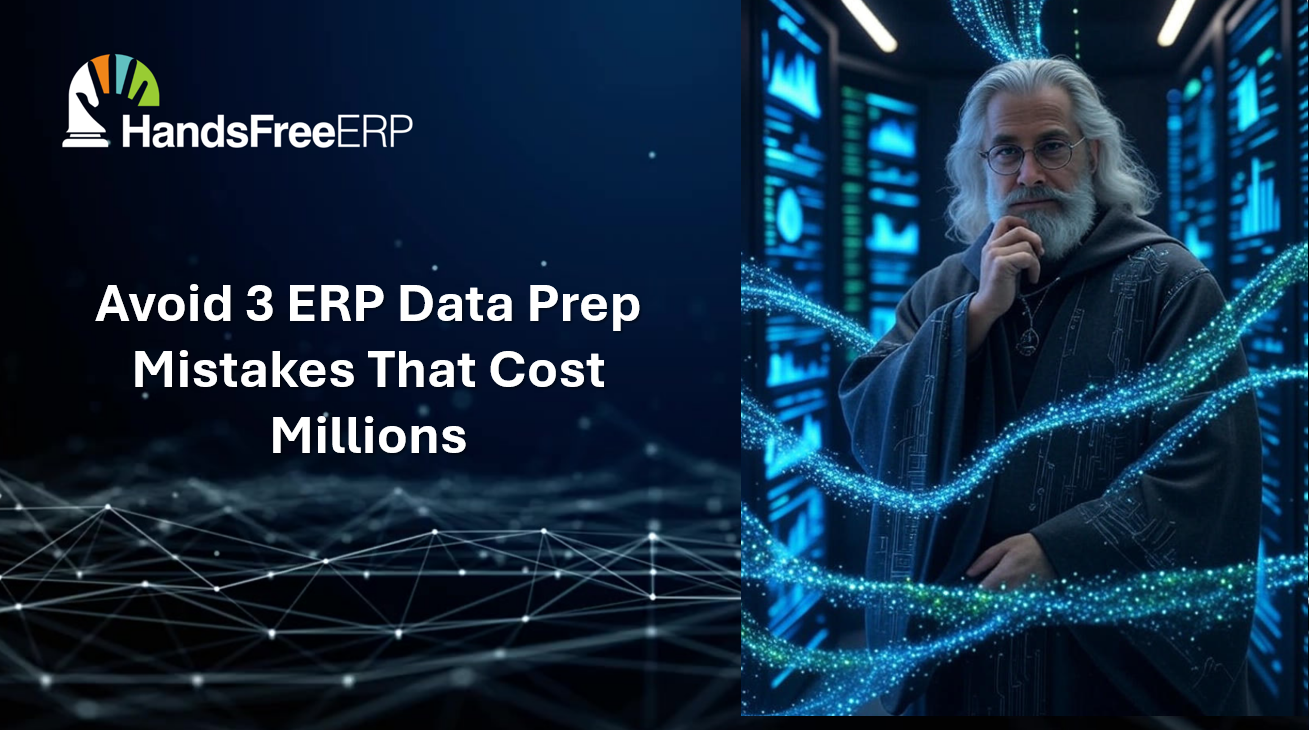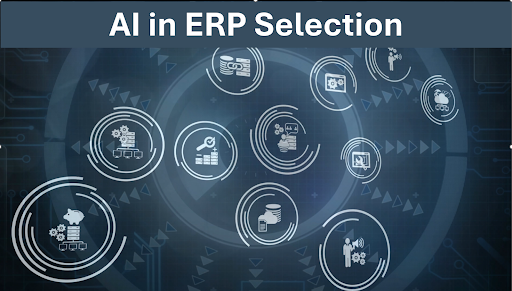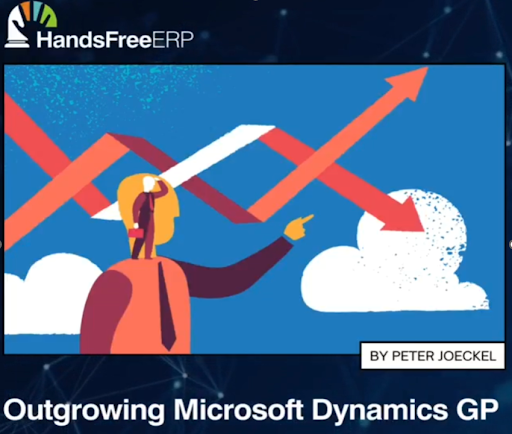Streamlining ERP Transitions: Discover a Smarter Approach to Business Requirements Gathering
Introduction
ERP system transitions can be overwhelming, especially when organizations attempt to replicate their current system rather than identify what they need in a new solution. A shift in focus, from merely replacing software to optimizing business processes, can significantly improve the outcomes of ERP projects.

The Pitfalls of Traditional ERP Requirement Gathering
Historically, companies have relied on two primary approaches to gather business requirements:
- Free Tools: These are often generic, lacking depth, and geared toward steering businesses toward a specific ERP vendor rather than objectively analyzing their needs.
- Consultant-Led Assessments: These engagements can span months, cost hundreds of thousands of dollars, and generate excessive data that may not directly apply to the company’s future-state ERP.
Both methods have downsides: they are either too superficial or cumbersome, time-consuming, and expensive. What’s needed is a middle ground that balances efficiency with depth, focusing on actual business requirements rather than just software features.
A Data-Driven, Cloud-Based Alternative
The HandsFree Discover Survey is a modern, cloud-based tool for requirements gathering that offers a fresh approach. It allows organizations to assess their needs while maintaining objectivity efficiently. This system organizes business requirements to align with how companies operate today while considering their future goals.
Key Benefits of a Smarter ERP Evaluation Process:
- Streamlined Input: Business requirements are categorized into familiar functional areas (e.g., General Ledger, Accounts Payable, Inventory Management) and assessed based on necessity.
- Prioritization Framework: Instead of a binary yes/no approach, requirements are categorized as:
- Must-Have: Essential for operations.
- Should-Have: Important but not critical.
- Could-Have: Nice-to-have features that enhance business value.
- Collaboration & Customization: Multiple team members can contribute to the assessment, ensuring a comprehensive review of all operational needs.
- Faster Turnaround: Instead of spending months gathering requirements, businesses can complete their assessment in a few weeks with minimal daily time investment.
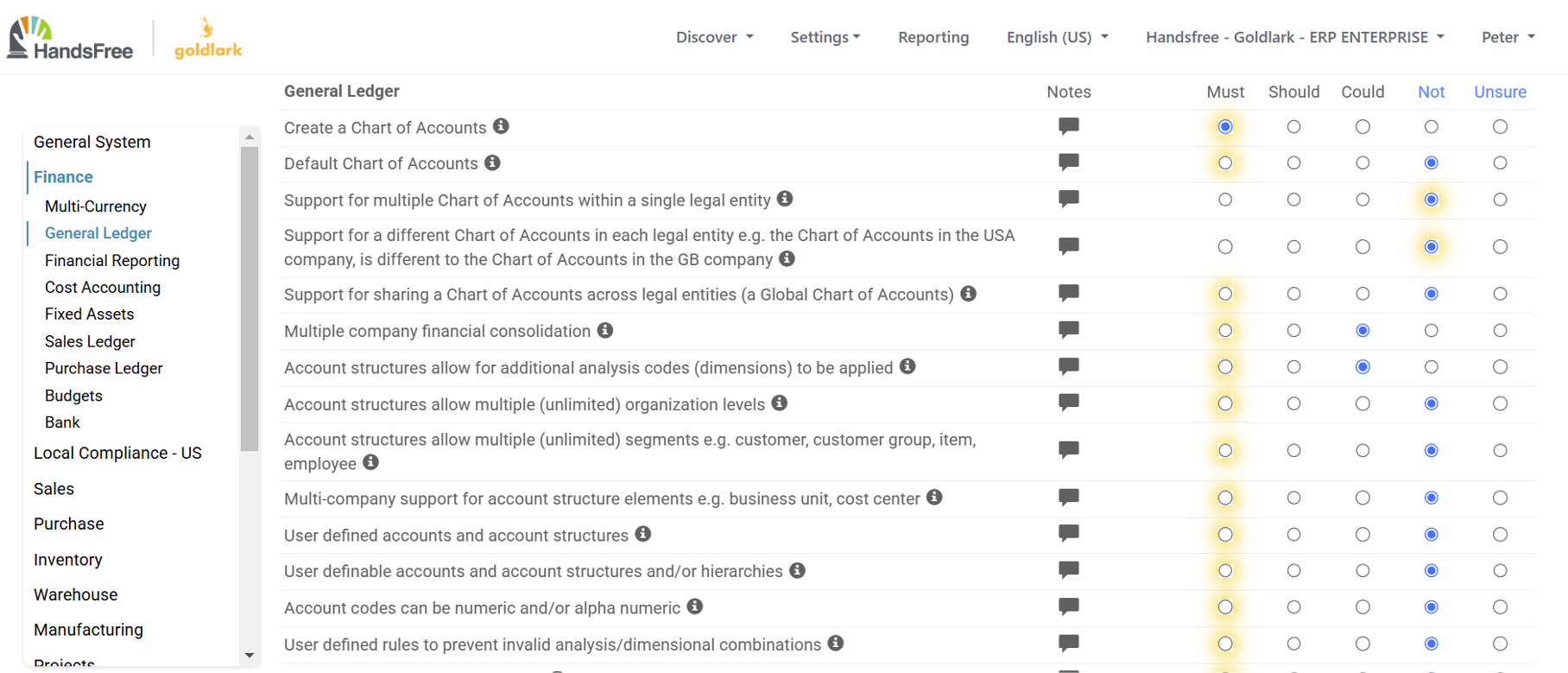
Beyond Features: Aligning ERP with Business Workflows
One of the most valuable insights from a structured approach is the ability to map business processes rather than just ERP functionalities. By shifting the focus from software replication to process improvement, companies can:
- Identify inefficiencies in their current workflows.
- Align ERP selection with future growth plans.
- Reduce risk by ensuring that critical needs are met before implementation begins.
Informed Decision-Making with Predictive Analysis
Another advantage of this modern approach is the ability to generate detailed reports that highlight:
- How well do different ERP solutions align with business needs?
- Potential gaps that may require customization or third-party solutions.
- Rough Order of Magnitude (ROM) estimates for implementation, giving organizations a realistic view of the time and resources required.
Conclusion
Transitioning to a new ERP system doesn’t have to be a painful or uncertain process. By leveraging a structured, cloud-based requirements assessment, businesses can ensure they are making data-driven decisions that align with their long-term operational goals. Rather than simply replacing an old system, this approach enables companies to optimize their processes, reduce costs, and enhance efficiency—setting them up for long-term success in a modern ERP environment.
Would you like to take your ERP evaluation to the next level? Contact HandsFree to Discover a streamlined, data-driven approach might be just what your organization needs.
HandsFree ERP is dedicated to supporting clients with their ERP initiatives, enabling companies to seamlessly connect users with their ERP partners. By utilizing skilled professionals, streamlined processes, and cutting-edge tools, HandsFree ERP significantly boosts the success rates of ERP projects.



